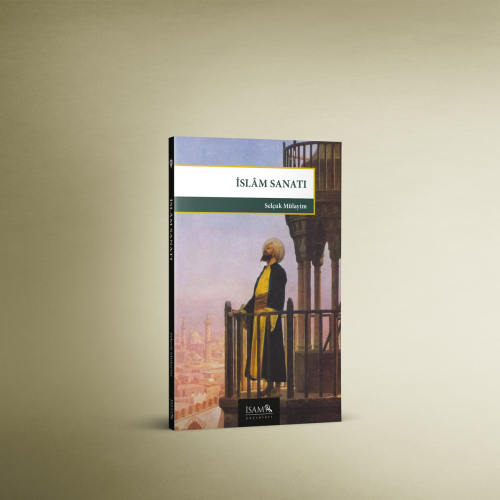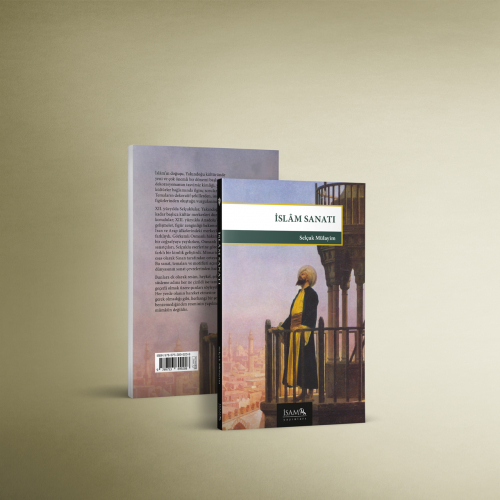İslâm Sanatı
The rise of Islam marked the inception of a new and extremely important phase in the Near East culture. The aniconic character of the Islamic decoration references posed interesting questions on the heritage of the local cultures. It is worth noting that the themes comprised both formal decorative patterns and the figures of living creatures.
Though Near East was remained the basic centre of culture until the arrival of the Seljuks in the twelfth century, the course of developments in Anatolia during the 13th century was differentiated than those in Iran and Arab-speaking lands. This tradition was particularly notable for its figural richness. Though the age of Ottoman supremacy was to be one of the most glorious in the history of a wide geography, Ottoman architects and artisans created the very distinctive characters those of Seljuk works. The new style of architecture was essentially the invention of the architect Sinan. And the nature of the decoration has rapidly grown to a more distinctive line under the Ottomans, and the themes and motifs soon became one of the most individual and outstanding of the arts of the Islamic world.
Contents of the book: Introduction, Periods and Styles, City and Architecture, Muqarnas, From Decorations to Embelishments, The Art of Tomorrow’s Islam.
Click to buy the print version.
Click to buy the e-book version.

